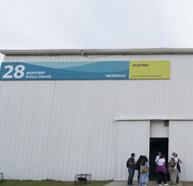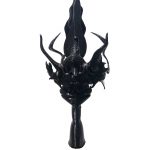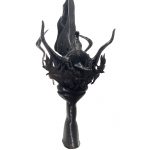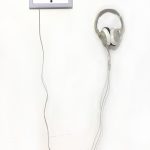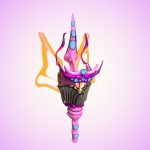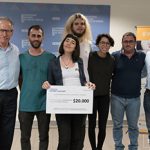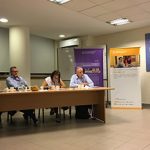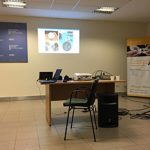-
TRANSORGANIC EXCHANGES

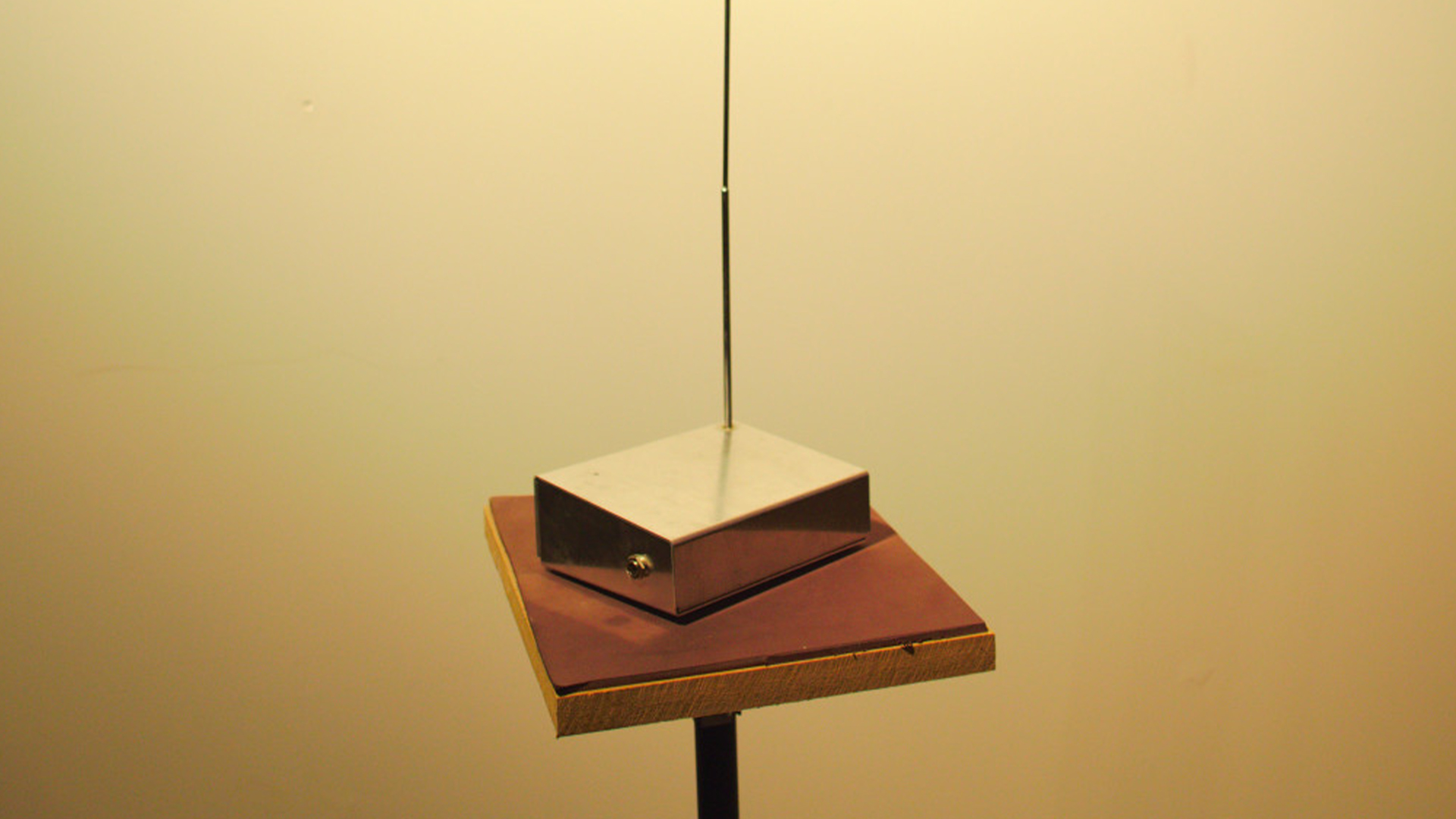
-
TRANSORGANIC EXCHANGES

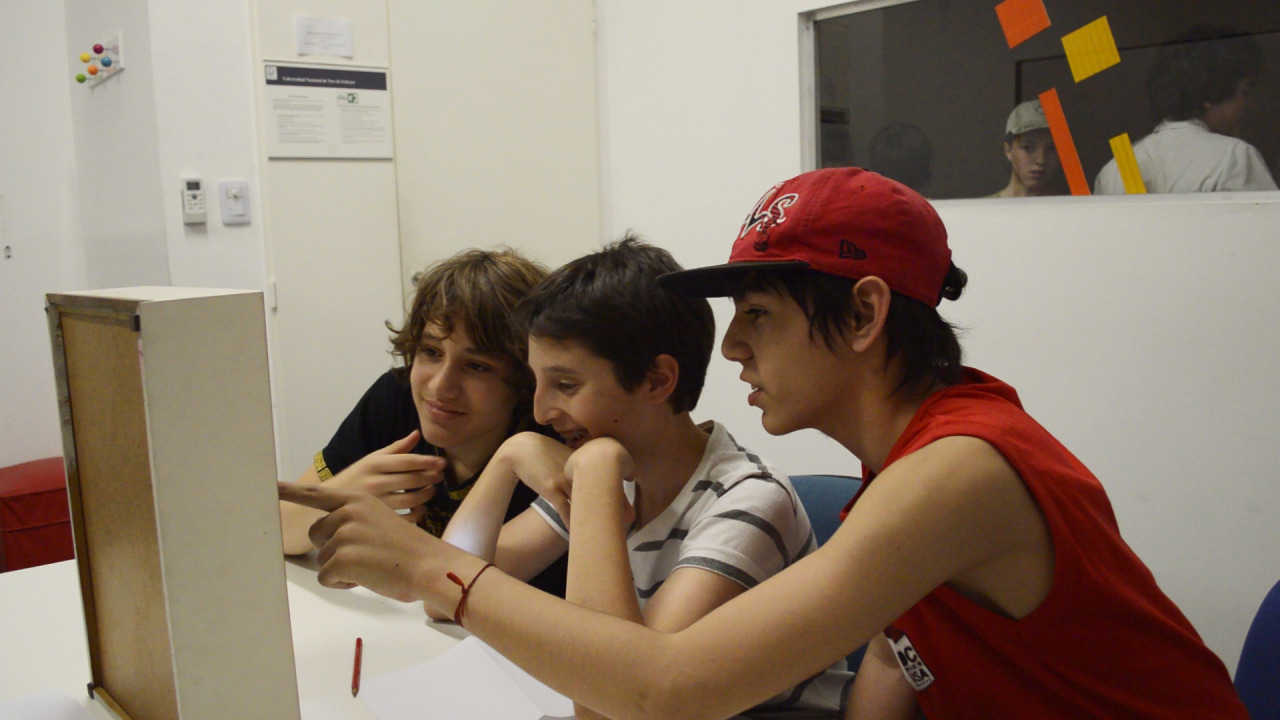
-
Transorganic exchanges is a transdisciplinary research team that develops interactive interfaces that allow the incorporation of new media and technologies in the field of health and education through inclusive strategies. Stressing the building in these areas of an approach that organically links human, subjective, individual and identity all together with the functional aspects. The aim of the project is to draw new possibilities in the dialogue between art and science.
-
Fonocosa Aldo Project
Director: Gala Lucía González Barrios (UNTREF)
This installation is part of a series of artistic experiments based on the questions: What makes a voice human? What differentiates it from an artificial voice? What aspects of the voice are part of our identity? What are the limits and possibilities of technology to reproduce the identity traits of a human voice?
Fonocosa Aldo is on the one hand a digital modeling and 3D printing based on deformations of the anatomy of the human larynx. And on the other hand, a sound piece that reproduces the voice of a person who has lost his larynx and uses an esophageal voice. The latter is difficult to hear and therefore this population systematically reports a social rejection due to the characteristics of its particular sound.
Fonocosa Aldo es por un lado un modelado digital e impresión 3D basado en deformaciones de la anatomía de la laringe humana. Y por otro, una pieza sonora que reproduce la voz de una persona que ha perdido su laringe y que usa una voz esofágica. Being difficult to hear, this population systematically reports a social rejection due to the characteristics of its particular sound.
The aim of this work is the exercise of imagining phonatory prosthesis, diverse voices, sonorous and corporal morphologies that dislocate from the normative logic of bodies and their experiences, at the same time it dialogues with the idea of incorporating the monstrous.
-
Fonocosa Furinge Project
Director: Gala Lucía González Barrios (UNTREF)
Furinge is a diptych of graphic piece and video that emulates two forms of scientific representation: on the one hand, the anatomical plate, an illustration that dissects and names the internal parts of the organic system. On the other hand, the 3D model of a larynx in which shapes, colors, textures and materials were manipulated, fleeing from the norm of the medical model and proposing other views.
Related to posthumanist thought, this work explores the cyborg identity as a form of nature-machine integration. It arises from reflections on the possibility of human-non-human hybridization and on the creation of a new voice in a body that has lost its laryngeal voice and, in turn, of bodies that will be able to accommodate voices that have abandoned their original organisms.
-
Archivoz Project
Director: Gala Lucía González Barrios (UNTREF)
Research Students: Alejandro Sosa Welford (UNTREF)
Collaborators: Manuel Luna y Mathias Gatti
Archivoz is a project that began as part of a series of experiments designed within the framework of the Fonocosa project. It started from the understanding that, before proposing technical solutions, it is necessary to deeply review the problem of radical transformations of the voice throughout people’s lives and, in particular, of people undergoing gender transitions or going through a partial or total laryngectomy.
Archivoz is a website that hosts a bank of diverse and local voices modeled with artificial intelligence (AI). It can be queried in order to produce a spoken text with any of the uploaded voices. Its query format is a text-to-speech application.
AI and natural language processing are fields of research that are constantly being updated. The exercise of tracking their evolution allows us to test, incorporate and interpret the tools that are periodically released as part of the iterative development process of Archivoz.
Visualization strategies are being developed to convert this bank of voices into an archive that sorts them using categories from physics and sound with the goal of dislocating the collected and modeled voices from the normative medical view that is currently under review in the scientific field.
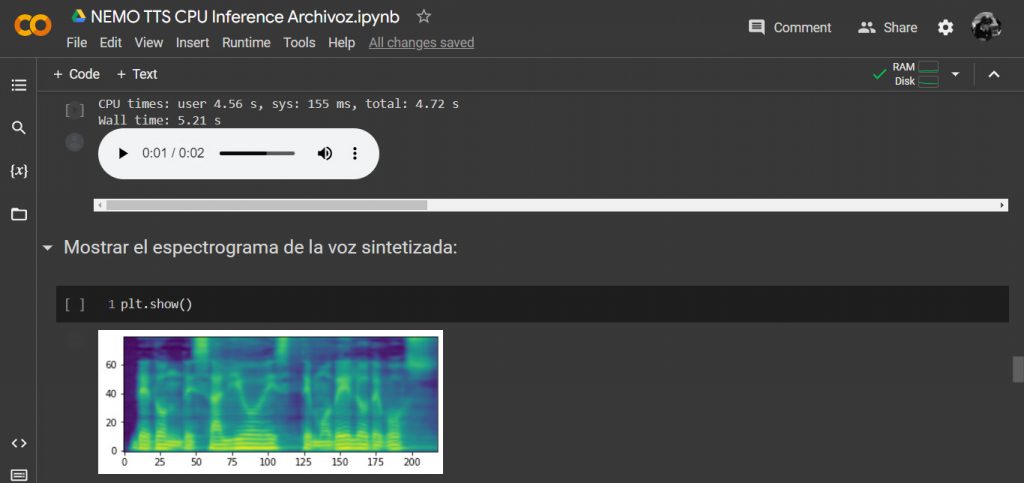
-
PAST PROJECTS
Etherophone
Director: Gala Lucía González Barrios (UNTREF)
The etherophone is a musical instrument that is played without physical contact with it. The output frequency of the system is a function of a capacity that is created between an antenna and a hand. By changing the distance between these two elements, within a specific range, the tonal pitch of the resulting sound can be modified. It is the first instrument of its kind and was created in 1919 by Léon Theremin, in fact it is commonly known as “Theremin”.
Minimum Theremin is a simplified version of this instrument that allows to control the frequency with a radio antenna and the amplitude with a potentiometer. It was designed to be used by health professionals and, in particular, in the area of Occupational Therapy for physical rehabilitation and neurorehabilitation treatments that include the development of the creative potential of patients. We are interested in providing devices that allow the incorporation of a creative and motivational dimension to rehabilitation tasks.
Brain game
Directora: Gala Lucía González Barrios (UNTREF)
Space challenge is an electronic puzzle created by students of the Bachelor’s Degree in Electronic Arts at UNTREF. It consists of three stages of increasing difficulty, whose resolution requires a specific combination of keys (switches) for each level. The way in which each level is solved and the overall difficulty can be adapted to different scenarios using interchangeable thematic sheets.
C3D
Coordinator: Gala Gonzalez Barrios (UNTREF)
Electronics: Gustavo Wiman (INVAP) y Máximo Signiorini (UNTREF)
Physical and web: Máximo Signiorini (UNTREF) y Manuel Biderman (UNTREF)
Industrial design: Sebastián Tedesco (UNTREF)
Therapeutic strategy: Camila Godoy (UNTREF)
Research Students: Nicolás Stavorengo, Juan Martín Sesali Maydana y Agustina Las Peñas Guevara.
The C3D is an interactive interface that was designed for physical rehabilitation treatments. It started from a question about motivations of patients, and how art and technology could collaborate with a new approach on rehabilitation: instead of repeating movements, patients could always create new movements inspired by their identity and desire.This interface has a physical and web version that has been designed to collaborate with COVID19 pandemic impact on treatments by telemedicine.
This project is in collaboration with INVAP, CADIME, Sanatorio Güemes, Alunco, among others..
-
ACTIVITIES
Performance PD-L20rk
December 6th, 2022
Two groups of students and teachers from UNTREF (Arg) and Virginia Tech (USA) participated simultaneously in the composition and live performance of a piece for “laptop orchestra”.
They used the platform built with Pure Data, an open source software commonly used in the field of sound production and, in particular, PD-L20rk which was developed by the director of this piece. The platform for the “laptop orchestra” has 12 channels presented in a GUI. Each channel is a synthesizer that is assigned to each musician to create instruments or presets and notations in the form of loops. This functionality allows composing musical pieces by defining roles, assigning frequency ranges based on harmonic, melodic or rhythmic aspects of the piece. A distinctive feature of this interface is that it has no latency even if the musicians are separated by continents. It is easy to install and all you need is a good internet connection.
This system for telematic performances is under development and the first group of performers and composers of the PD-L20rk community in Argentina was formed at UNTREF.
Performers:
Co-direction: Dr. Ivica Ico Bukvic y Lic. Gala Lucía González Barrios
UNTREF strudents:David Clausell
Uma Futoransky
Joaquín Montecino
Lautaro Sosa
Victoria Villanueva
Virginia Tech students:
Sean Curtin
Tyler David Lee Johnson
Christian Koytchev
Zaire Riddick
Dominic Russo
Jacob Alan Smith Andrew Wickman
The Voice of the Body
October 3rd, 2020
The Transorganic exchanges team organized a conversatory to discuss the whole role of the voice as a complex phenomenon of culture in relation to identity and technology. In the presence of specialists in speech therapy and physics, the problem of laryngotomy patients and people from the trans community was addressed, through old questions to find new answers between medicine and art applications.
Transorganic exchanges was a finalist at the Samsung Innova contest
November 2019
The C3D was selected as a finalist in the contest organized by Samsung. The event promotes innovation and entrepreneurial growth, and the project was a finalist in the category of arts and culture.
Transorganic Exchanges selected in the Emprendé ConCiencia Program of the Ministerio de Producción
July 2018
Transorganic Exchanges project was selected from hundreds of participants, along with 14 other impact projects, to participate in the Emprendé ConCiencia 2018 Program.
They spent 15 days in Bariloche receiving personalized training and mentoring in order to enhance the projects and achieve greater sustainability, impact and technological competence.
The training courses are run by Academia Argentina Emprende and Social Lab. The mentoring was in charge of INVAP and INVAP Foundation, who assigned an engineer specialized in complex systems with years of experience to the Transorganic Exchanges project.
UNTREF Emprende Award for Transorganic exchanges
May 2018
As finalists of the UNTREF Emprende contest organized by the Centro de Innovación de Empresas y Organizaciones (CIDEM), the Transorganic Exchanges project was awarded with the second place.
Round of Innovation and Technology
April 2017
The members of the Transorganic Exchanges project were in contact with various institutions and companies in round tables during a meeting organized by the Ministerio de Ciencia, Tecnología e Innovación de la Nación and Provincia de Buenos Aires, the City Hall and the Unión Industrial of Tres de Febrero.
Venue
Center of Art and Science